Healthy Life!
How do we want to feel throughout our lifetime? Health and mobility are at the top of my list. For me it boils down to taking care of myself.
Lost your password? Please enter your email address. You will receive a link to create a new password.

How do we want to feel throughout our lifetime? Health and mobility are at the top of my list. For me it boils down to taking care of myself.
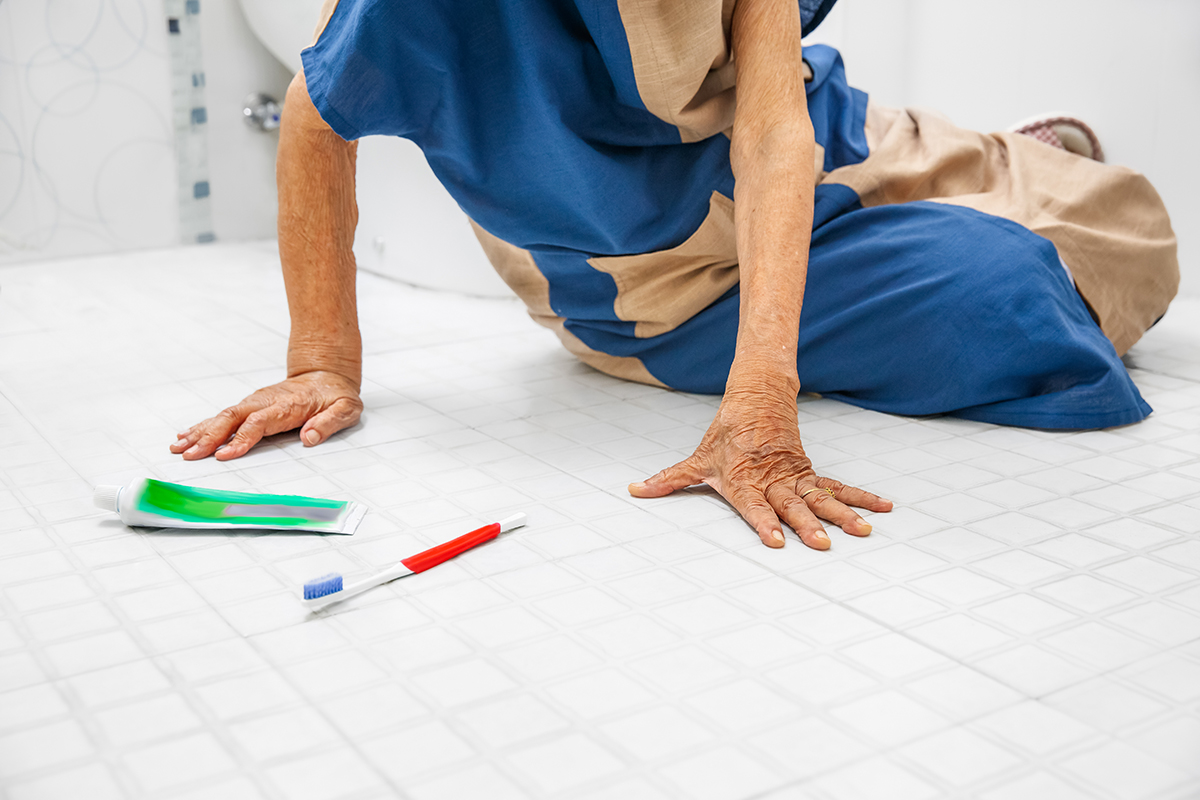
One in four Americans over age 65 falls every year. Falls are the leading cause of both fatal and non-fatal injuries for seniors. Through practical lifestyle adjustments, evidence-based programs, and community partnerships, the number of falls among the aging population can be reduced!
September 18-22 is the National Council on Aging’s Falls Prevention Awareness Week. Visit the NCOA website for more Falls Prevention Toolkit, filled with resources for both the public and fitness professionals!
Video courtesy of National Council on Aging.

The gym can be a confusing place especially for individuals with health concerns. Many times, these clients are trying to navigate their workouts by themselves because they are unsure of the appropriate questions that they need to ask.
First of all, there are two different types of trainers. There are trainers who have a four year degree and certifications. These trainers are sometimes called Fitness Specialists and have had many hours of study related to a wide variety of diseases and injuries. They are used to modifying exercises and programs based on any specific condition you may have. Fitness Specialists are usually found in a medically based fitness facility affiliated with a hospital. Please note that some Fitness Specialists will specialize in a certain area. Some work with individuals with diseases and disabilities and some don’t. You can search the free MedFit Network directory to find a fitness pro in your area. In their MFN profile, you’ll find information about their condition-specific education and services.

When you finally narrow down who you might like to hire you will want to ask some questions. Please don’t be afraid to ask these questions as they will help you to decide which trainer is right for you. It is also recommended that you observe Fitness Specialists training clients.
First you want to make sure that the trainer has had experience with your condition. If not, they should be willing to research it and or speak with your doctor with your permission. There are exercise guidelines that all Fitness Specialists should follow when working with clients who have health conditions.
You will also want to ask about the trainers background. It is alright to ask about education, certifications, and years of experience. You also want to hire someone who is patient with you. This is extremely important as you figure out which exercises work best for your body. I would also like to add that you need to be patient with yourself as well. Try to relax and enjoy your training session.
Asking the questions from above help to keep you feeling confident. Exercise can seem frustrating in the beginning but you have to keep a positive mindset. In the beginning, set small goals and do the best you can during each training session.
Robyn Caruso is the Founder of The Stress Management Institute for Health and Fitness Professionals. She has 15 years of experience in medical based fitness.
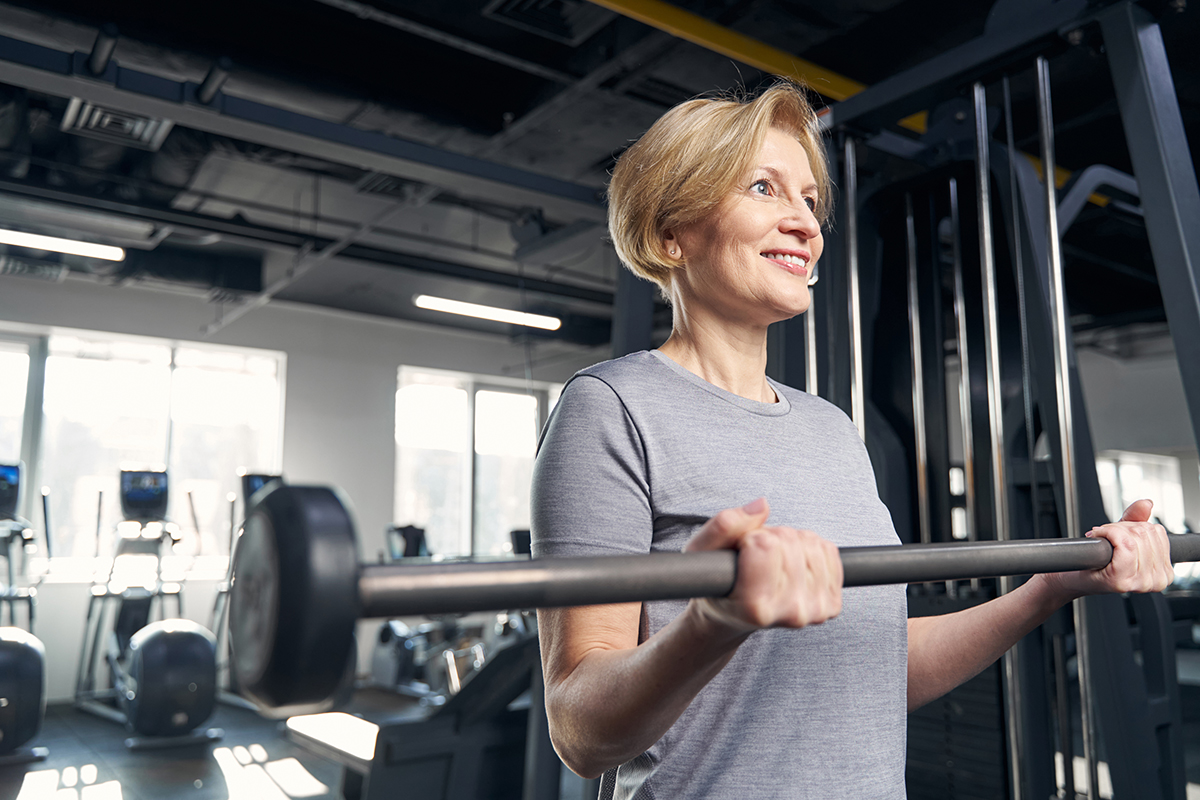
In Part 1, I reviewed the ACSM study goals, statistics and barriers to weightlifting unique to women
In this article, I’ll cover the three E’s for empowering women in the weight room, and translate these recommendations into strategies that non-professionals can implement for themselves.
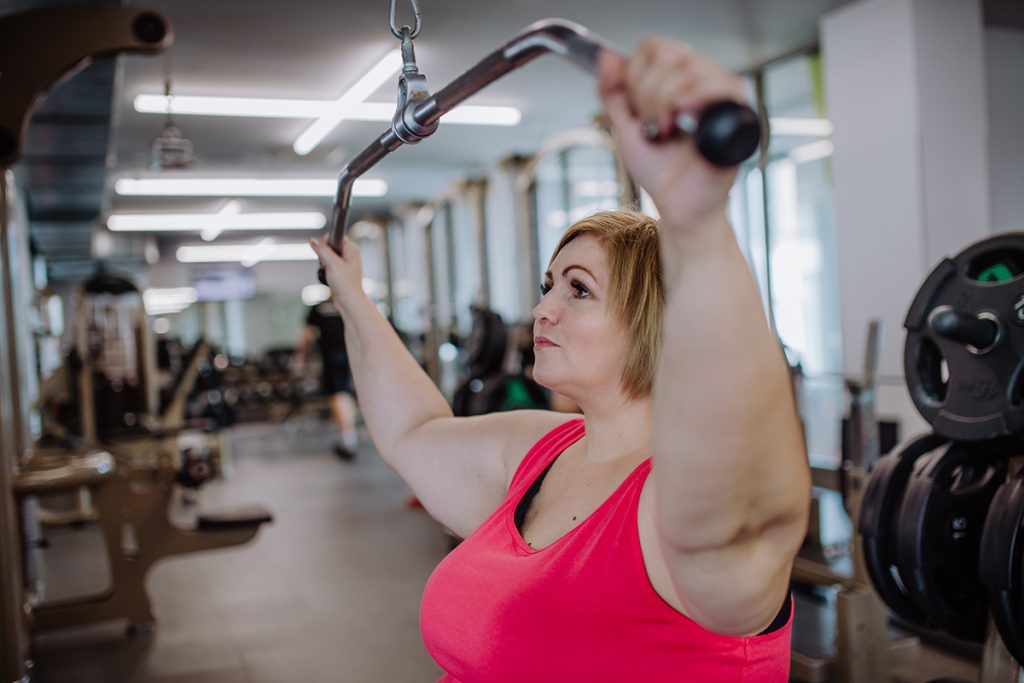
Understanding how physical attributes of gyms perpetuate negative messaging regarding women’s bodies and harmful myths about women’s fitness.
Overcoming these barriers:
People will often gravitate toward their comfort zones and do exercise routines that are more familiar and that are easy to execute.
Overcoming these barriers:
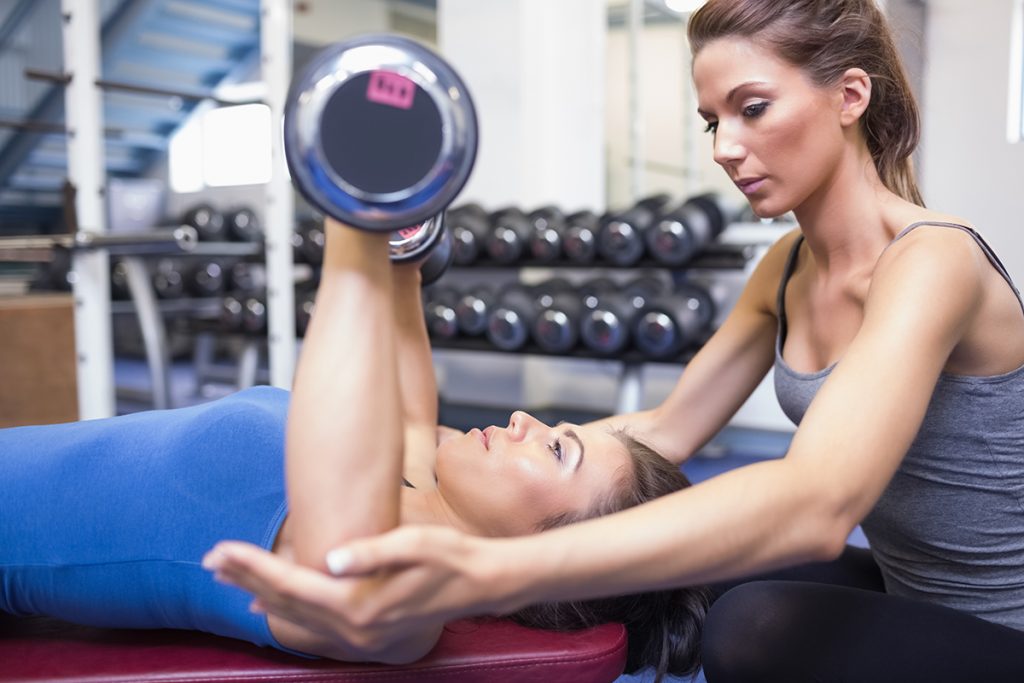
Knowledge is power. Promoting an understanding of the principles of weightlifting and its benefits is key to debunking myths and misconceptions and building a healthy relationship with the barbell.
Common myths and misconceptions about weightlifting:
Overcoming these barriers:
This is the time of our lives when we need to kick the societal status quo to the curb and take our health and wellness into our own hands and away from destructive narratives. The world is our oyster. We have established our careers, raised our children, and had our share of triumphs and failures. With that comes the wisdom to pave our own way into this new prime of our lives.
So, whether it’s your first back squat with a PVC pipe or a deadlift PR (personal record), congratulations on forging a new frontier to being your fittest, strongest, most vital self!
Dr. Carla DiGirolamo is a double Board-Certified Obstetrician/Gynecologist and Reproductive Endocrinologist who specializes in the care of reproductive age and mid-life women. Carla completed her residency training in Obstetrics and Gynecology at Brown University Medical School/Women and Infants’ Hospital and her Reproductive Endocrinology training at the Massachusetts General Hospital at Harvard Medical School. She is a North American Meno
Fit Pros: Offer menopausal and perimenopausal women an individualized approach to training, nutrition and wellness as a Menopause Health and Fitness Specialist.
References
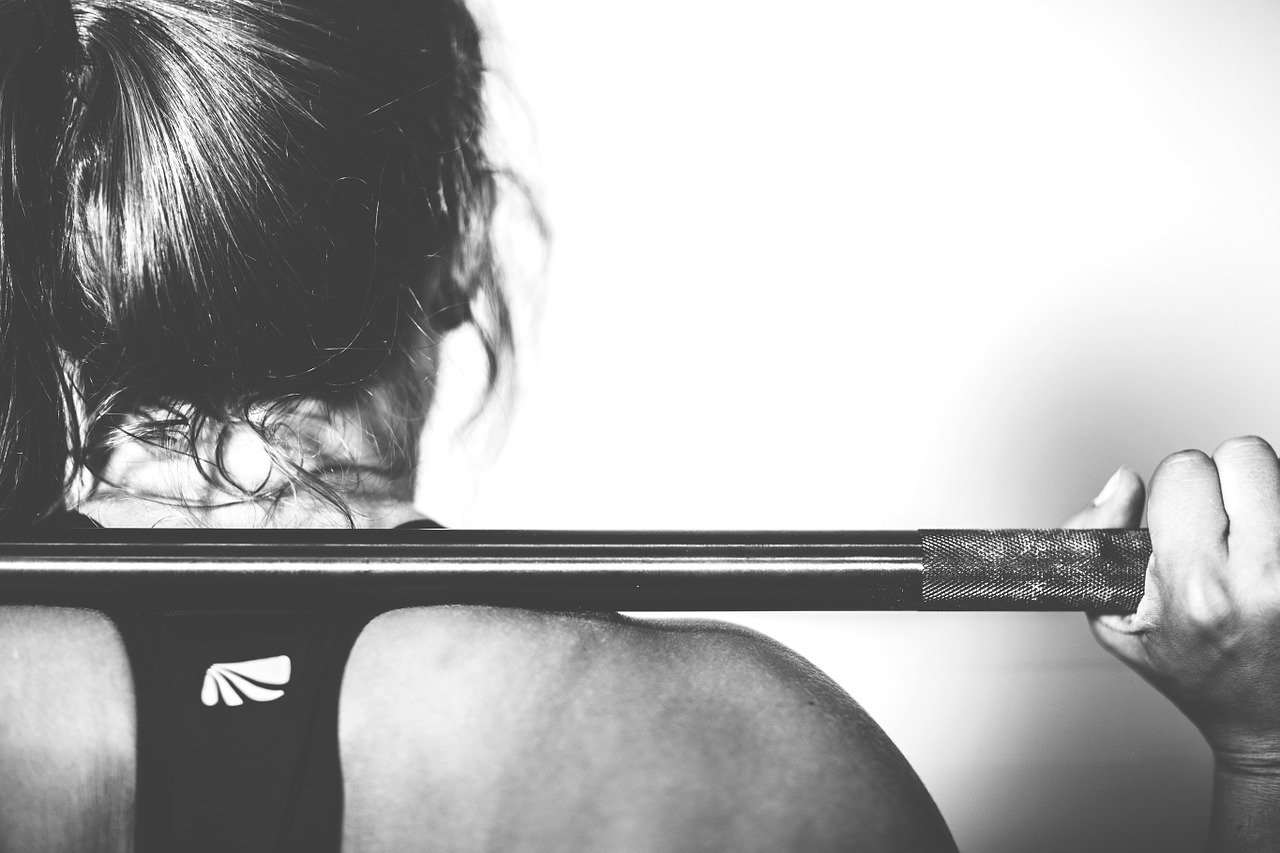
The hormonal changes of mid-life bring our muscle and bone mass under assault. As circulating estrogen declines and estrogen receptors in skeletal muscle become scarcer, changes in bone density, muscle mass, and metabolism become apparent.
Shoulder to shoulder with the importance of cardiovascular health, optimizing our muscle and bone health helps stave off decline in bone density which can lead to fracture, and can help mitigate the increasing insulin resistance that wreaks havoc on our changing metabolism.
To coin a phrase from Dr. Stacy Sims, there is a great benefit to women in this stage of life (and all stages of life) who “Lift heavy sh*t”. Now, if you have never lifted weights, this can sound intimidating. But don’t worry. You are not alone.
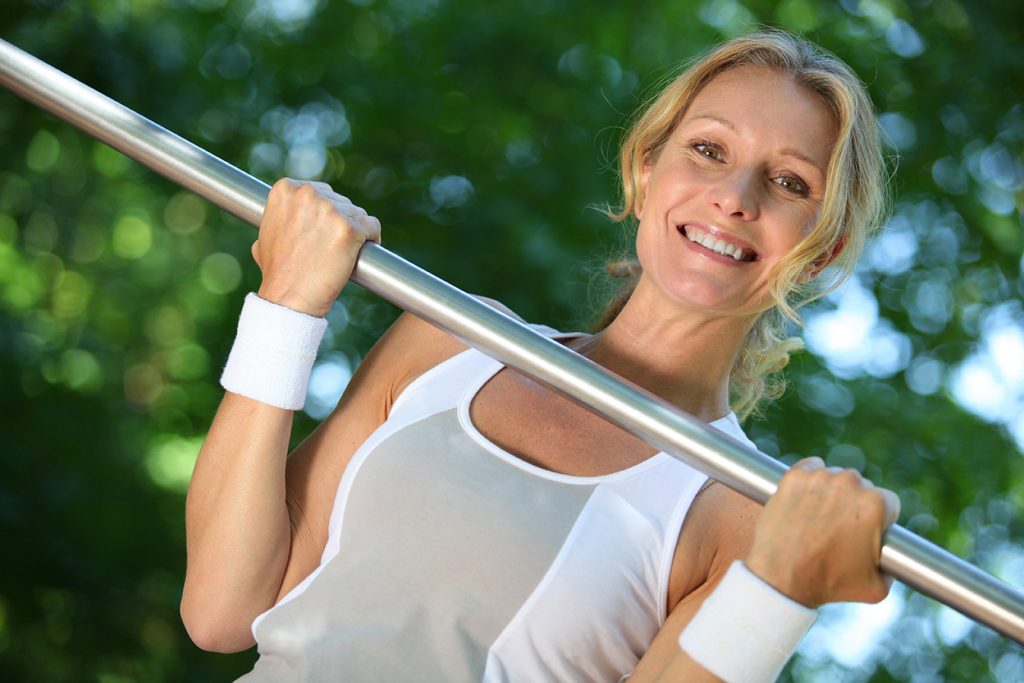
Historically, there have been many barriers to women in the weight room. Training environments where achieving a certain body image is the focus rather than building strength, healthy movement patterns, and improving body composition can be unmotivating and intimidating. The stigma of weightlifting as “masculine” or that it “makes you bulky” and the misconceptions that weightlifting is not beneficial for women are also among the many obstacles that women of all ages face.
In the May/June issue of ACSM Health and Fitness Journal, Claire Ford et al. do an excellent job of defining the obstacles that women face in the weight room and have created a framework called “The 3 E’s” that outlines strategies to overcome these barriers. I’ll take the summary points from this article and translate them into practical solutions for women and fitness professionals to empower themselves in the world of weightlifting.
Ford, C, Kercher VM, Kercher KA; ACSM’s Health & Fitness Journal 27(3):p 14-19, 5/6 2023.
Goal of the study
Use a socioecological model to provide insight into the nature of women’s unique experiences with weightlifting and describe a practical approach for empowering women in this environment.
Some statistics
Just 2 days per week of resistance training can reap physical, mental, and emotional health benefits.
Only 25% of the US population meets these recommendations.
17.5% of women engage in weightlifting on a regular basis
Benefits of Weightlifting
Barriers to weightlifting unique to women
The notion that women face unique barriers to weightlifting has been a subject of investigation. Harne and Bixby organized these barriers into the following 3 categories:
Time / effort
Physical Effect
Social
The 3 E’s: A framework through which we can understand and address women’s barriers to weightlifting
After identifying and categorizing these unique barriers to weightlifting that women face, the authors created a framework upon which to overcome these barriers. This framework is called “The 3 E’s”.
This ACSM article speaks to an audience of fitness professionals and how the fitness industry can work to overcome these barriers.
In Part 2 of this article, I take this a step further and translate these recommendations for fitness professionals into strategies that non-professionals can implement for themselves.
Fit Pros: Offer menopausal and perimenopausal women an individualized approach to training, nutrition and wellness as a Menopause Health and Fitness Specialist.
Dr. Carla DiGirolamo is a double Board-Certified Obstetrician/Gynecologist and Reproductive Endocrinologist who specializes in the care of reproductive age and mid-life women. Carla completed her residency training in Obstetrics and Gynecology at Brown University Medical School/Women and Infants’ Hospital and her Reproductive Endocrinology training at the Massachusetts General Hospital at Harvard Medical School. She is a North American Menopause Society (NAMS) Certified Menopause Practitioner and has been featured in multiple podcasts and speakerships at various events discussing the physiology of the hormonal changes of menopause, hormone therapy and functional fitness training.
References
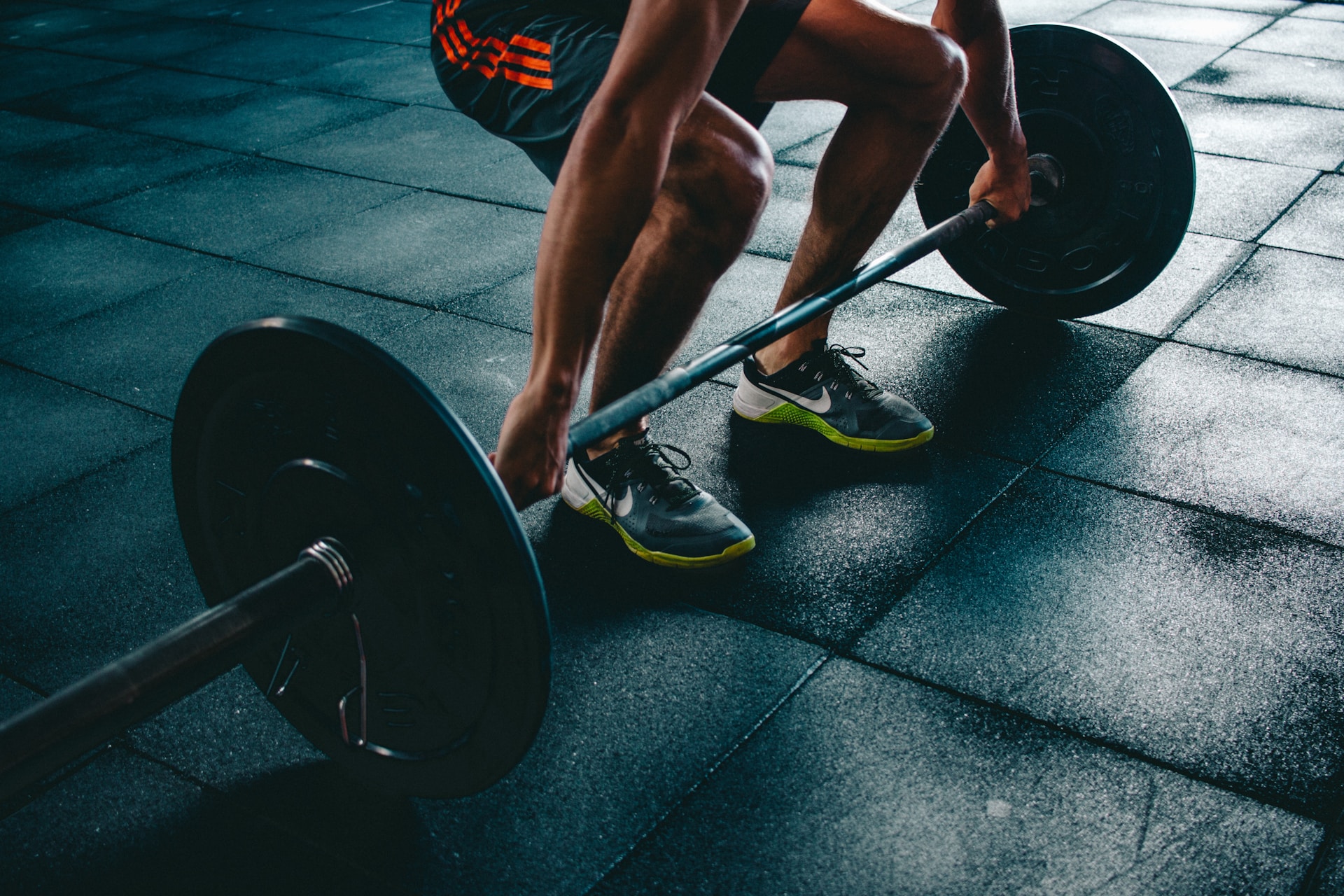
The title of this article is a quote from UK physiotherapist Adam Meakins. The context is that one does not need to exhibit or use “proper exercise technique” constantly throughout daily life or even during physical rehabilitation for pain or injury.
Now, this at first sounds counterintuitive to what the majority of fitness professionals and even physical therapists are taught and believe. The mantra of “poor exercise technique leads to injury” has been spouted for decades… but there is absolutely no proof of this in medical and fitness-related academic research.
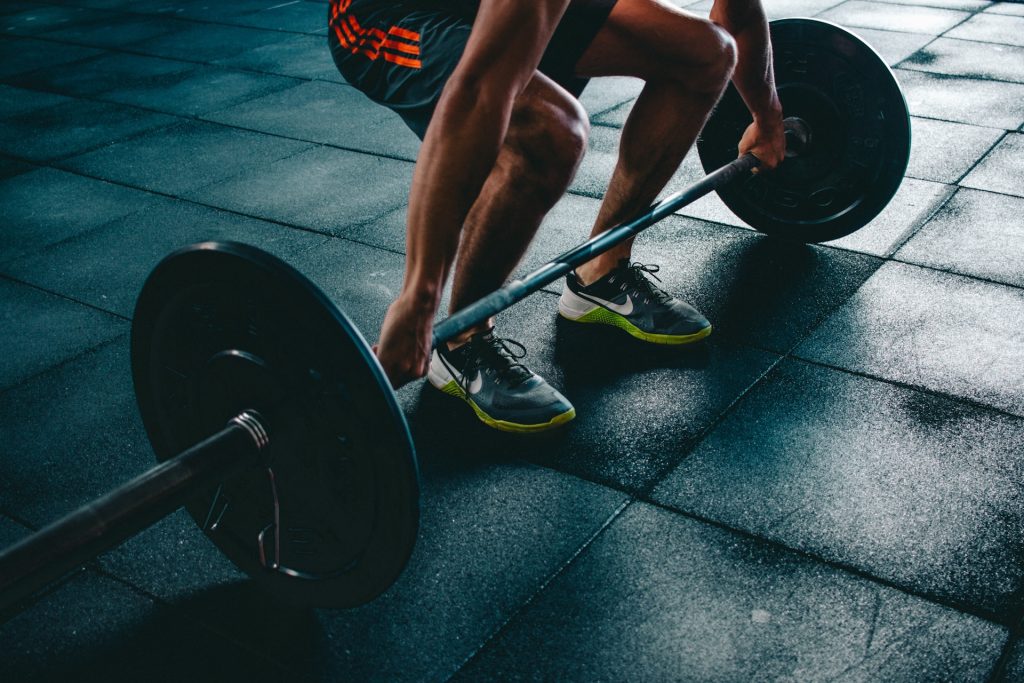
Yep, your absolute most favorite go-to coaching point as a FitPro is pretty much bunk. So, do we throw the baby out with the bathwater and let our clients lift just however they please? No, not exactly, context is king.
If you are working with an athlete, which includes body builders, stricter exercise technique is beneficial to a high degree (esp. with physique athletes who require symmetry and maximal muscle development) but real-life sport doesn’t look anything like the gym when it comes to movements. Some variation in technique is beneficial as it will expose the athlete to forces in various, and more realistic fashions that provide greater benefits on the sport field or ring.
If you are working with general population, mostly healthy clients, “proper” exercise technique should honestly not be force fed initially, as this can be both physically uncomfortable for the client as well as demotivating if they’re “still not able to keep the back flat on a deadlift.” Find whatever movement pattern is natural for them and coach from there.
I used to be a hardcore stickler for technique, now, not so much. Instead, I coach my patients to lift in a manner that “feels stable, safe, and powerful” for THEM. The result? Better client engagement, better client results, and far less stress on them and yourself during the coaching session.
Now what about medical fitness and physical therapy? While strict joint actions may be required during some phases of physical rehabilitation or other therapy, we must consider how a client naturally and instinctively moves and wants to move. We need to understand any fear-avoidance behaviors they might have developed previously, and we certainly want to know their beliefs about physical activity.
So, if “improper” exercise technique isn’t to blame for gym and sport injuries, then what is?
We don’t have a firm answer, but we can say with a high degree of certainty that it’s a combination of physical and mental stress, distractions, nutritional state, hydration, focus in the moment, and how well prepared the individual is for that movement they are about to engage in. Simply not getting a good night’s sleep before deadlifting the next day can potentiate an injury, but that’s not a guarantee either. Load management and recovery are far more important when it comes to injury prevention than anything else, and this is why you should be writing and logging client training plans and sessions and not winging it. Otherwise, you have no historical record with which to troubleshoot things with which will only frustrate you and your client.
I sincerely hope that I have ruffled some feathers and also have given you some food for thought. There’s a time and place for everything, including strict exercise technique, it just takes some insight and thought to determine if “this” is the appropriate context.
Reprinted with permission from the Move Well, Live Well blog.
Joshua Slone is an Exercise Physiologist and Pain Therapist. He serves as Rehab Team Lead/Physiologist at the Center for Health in Yucca Valley, CA. His clinical expertise includes chronic pain management, joint replacements, sport and orthopedic injuries, complex medical condition management, geriatrics, degenerative neurological conditions, and psychiatric disorders. Visit his website, movewelllivewell.org
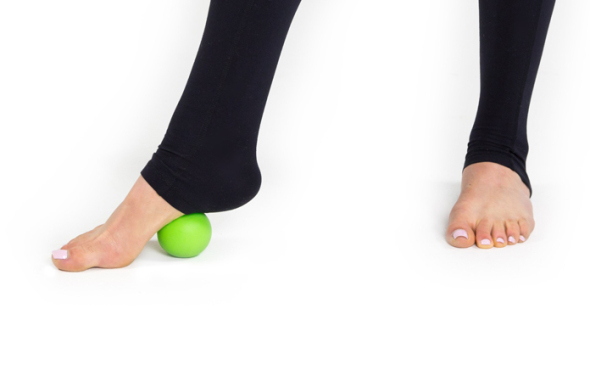
We are all on the eternal hunt to looking good, moving well and feeling young – however as responsibilities (job, school, family, friends) increase the time allocated to health and fitness often decreases. Surprisingly we expect the same results with less time in the gym but is this really even possible?
Perhaps it is.
Enter…..biohacking!
Biohacking, as the name suggests, is “hacking” or finding a way to more efficiently manipulate human biology. This can include areas of sleep, nutrition, mental health, strength, recovery.
If you are new the concept of biohacking – please think of this as a positive thing! Don’t get wrapped up thinking it is a mad scientist in his garage implanting computer chips into his own body.
Think of biohacking as a empowering concept which allows one to enhance or improve the efficiency of different aspect of health. It means taking ownership of your body and the aging system.
Absolutely!
In the case of fitness some examples of biohacking include drinking caffeine to give you energy during a workout. Or taking branch chain amino acids after a workout to enhance muscle repair and hypertrophy. Or using kinesiology tape to enhance proprioceptive stimulation and muscle activation.
Seems less mad scientist-y doesn’t it?
One area of biohacking that I am particularly a fan of is the application of barefoot science to improve your workout. As I mentioned at the start of this blog the one thing we never have enough of is TIME.
By integrating barefoot training into your workout you will hack your way into a more efficient workout allowing you to achieve faster fitness goals. Below are my top 4 biohacks integrating barefoot science.

Next time you hit the gym start your workout start with just 5 minutes of trigger point footrelease the bottom of the foot. A 2015 study showed that 5 minutes of manual trigger point release was associated with an immediate improvement in single leg stability and postural control.
Since having someone do the trigger point release isn’t efficient we’ll instead use RAD Rounds by RAD Roller. These small rounds of different sizes can be used to apply pressure to different intrinsic muscles of the foot. I recommend 5 minutes in the morning, evening and before exercise.
View video below
In the world of proprioception whole body vibration is one of the most efficient ways to stimulate the nervous system. Since our foot is also the gateway to proprioceptive stimulation I recommend doing your WBV activation barefoot and using PowerPlate which is a multi-planar harmonic vibration platform.
A 2007 study by Lohman showed that just 3min of WBV at 30Hz enhanced skin, nerve and tendon micro-circulation resulting in enhanced tendon tensile strength and decreased arterial stiffness. All of which is a very powerful response before any workout.
Learn more about WBV and PowerPlate at powerplate.com
To learn more on this topic you can view the following webinar below:
The core. The center of stability and the center of power. When it comes to any dynamic movement or exercise – core strength and stability are critical to the way force is generated or transferred through the human body.
The foot. The base of stability and only contact point between the body and the ground. Studies have shown that it is more efficient to strengthen the core via the foot in what EBFA calls “foot to core sequencing”. The access into foot to core sequencing is via an exercise called short foot.
To learn more about short foot and how to integrate it with exercises please see below:
Postural control and dynamic stability require the integration of four input systems – visual, vestibular, joint proprioceptors and plantar foot skin. Of these four one of the most important but often overlooked systems is the skin on the bottom of the foot.
The skin on the bottom of the foot contains thousands of small nerve proprioceptors all of which are sensitive to different stimuli. One of the most important stimuli coming into the foot is vibration (see WBV above). We use vibration not only to know how hard our foot is striking the ground but also in the maintenance of dynamic balance.
As soon as we put on our shoes our nervous system inherently becomes slower. This delayed neuro stimulation of the foot is small or micro which means it is hard to detect by the average client or patient – however it is happening. Accumulatively this results in micro-trauma and micro-compensation.
To biohack your nervous system whenever you are barefoot training integrate small nerve plantar stimulation with Naboso Technology. Whenever performing barefoot exercises such as short foot or any foot to core sequencing this is the perfect opportunity to pull out your Naboso Barefoot Training Mat.
If you want to bring this stimulation to your shoes, Naboso Technology also makes small nerve proprioceptive insoles which have been shown to improve postural control and stability
Dr. Emily Splichal, Podiatrist and Human Movement Specialist, has dedicated her medical career towards studying postural alignment and human movement as it relates to foot function and barefoot training. She is the Founder of the Evidence Based Fitness Academy, offering continuing education with a focus on foot fitness and barefoot training. Courses included Barefoot Training Specialist®, Barefoot Rehab Specialist® and BARE® Workout Certifications for health and wellness professionals.
Originally printed on the Barefoot Strong Blog. Reprinted with permission from Dr. Splichal.

Go big or go home? We all want to see fantastic results from our hard work and dedication to any fitness program. If we maintain nutrition, eat well and work as hard as we can, we are going to see results: that is inevitable. But, do we have to train as hard as possible each and every time we workout, each and every day? Sure, we fit in a rest day, but what else can we do to make sure we are restoring our bodies and minds?
Fitness goals are most easily reached when they are part of every aspect of our lifestyle and not compartmentalized into a few hours of the day. We have limited energy sources no matter how healthy we are, so it is important to maintain awareness about how each of our decisions & actions influence our wellness and choose accordingly.

From a physical aspect, we can slow down some of our workouts to build strength. This works in a variety of ways. By increasing resistance, continuing muscle exertion over a period of time and working muscles beyond the support of initial momentum, strength can be gained, even with relatively light weights or by using the weight of the body alone. This can be true of some weight training programs and is something you can discuss adding to your fitness routines with a certified personal trainer. It is also one of the key elements of building strength through yoga practice and asanas (yoga postures). An additional consideration from a holistic health perspective is the effects of the stress hormone cortisol on weight loss. By taking part in calming physical activities such as restorative, gentle, yin and meditative yoga practices, it is possible to reduce stress, allowing the body to shed weight, heal and be at top capacity for more intensive strength and cardio training when you are working with your personal trainer or in other group fitness programs. By taking time to slow down, you can actually optimize performance and fitness results.
Nourishing your mind can also come in handy, as a way to promote your health when you are not busy exercising or working. Take time to read, learn, talk with fitness experts, organize your time and plan your meals. A wealth of free information is available online to support you in your fitness goals. Blogs with entries from personal trainers and other fitness experts are a great place to start, like the MedFit Network blog. Many personal trainer certification organizations (like ISSA or ACE) also maintain blogs with a variety of advice for personal trainers and fitness enthusiasts. You may also get inspired and decide to take your fitness goals one step further. Once you get involved learning more about fitness, biomechanics and how amazingly capable your body is, you may even get inspired to become a personal trainer or group fitness instructor yourself!
No matter where you are at in your fitness journey, don’t forget to take some time for yourself. Slow down sometimes to speed up your progress!
John Platero is the founder of National Council of Certified Personal Trainers (NCCPT), which has certified thousands of personal trainers both nationally and internationally.
Article reprinted with permission from John Platero.

I remember the first time I figured out what my piriformis was, and how having a tight piriformis and IT band affected my movements. I had just started running hard core. As a former dancer, we stretched our hamstrings, inner thighs, the “dancer muscles”. But a piriformis or IT band was not something a DANCER experienced as this was not a muscle that was targeted in ballet, or other forms of dance.

The PAIN, was a knot in the right side of my hip/tush. It began to radiate all the way down the side of my right leg. It even affected my lever length so that the right leg felt “shorter”. I eventually learned how to do stretches such as “parvritta trikonasana”, and a bastardized version of pigeon on my back to target this muscle group (the external rotators).
Also, as a swimmer, and runner, my calf muscles will get super tight. This eventually pulls on my achilles tendon. Having torn my right achilles tendon in a freak accident in 2002, I can tell you keeping the achilles tendon happy can make the difference between being able to walk or not. Hand to foot calf stretches both standing and supine, as well as forward bend, and parvritta trikonasana, will take care of the problem. I also flex my foot against a wall before starting my run.
If my knees ache, it is usually because my quads are tight. I start with alternating kick ups from down dog into lunges to warm up. I also do natarajasana, which provides me an open angled quad stretch.
My students will often have problems targeting their abdominals. Tight hamstrings and hip flexors are usually the problem. I will do a “half lunge” where they press through the psoas to release it, then stretch the ham/calf in a forward bend while flexing the front foot, and keeping the standing knee right under the hip.
For other hard to read groups, such as under the shoulder blades, nothing beats a foam roller. I body surf along the foam roller, and hold until the knot dissipates. I have a chapter in “Healthy Things You Can Do In Front of the TV” complete with photos to describe how to target key muscles.

Stretching is often a forgotten, and yet necessary part of fitness. It makes the difference between proper kinesthetic alignment and gait, or movement that is off-balance, which can cause injuries. Not to mention, it just feels good before or after an intense workout. It also aids in recovery, so that you can be ready for your next challenge. Even die-hard couch potatoes need to stretch. And many stretches can be done at work or at home. See my lovely book for more examples of how to keep your body functioning at its best.
Kama Linden has been teaching fitness for over 2 decades. She has taught strength, step, pilates, vinyasa yoga, senior fitness, and has worked with clients and students of all ages and fitness levels. She is certified by AFAA Group Exercise and NASM CPT, as well as 200 hour Yoga. She has a BFA in Dance from University of the ARTS. Her new book, “Healthy Things You Can Do In Front of the TV” is now on sale on Amazon, Barnes & Noble, and Kindle.